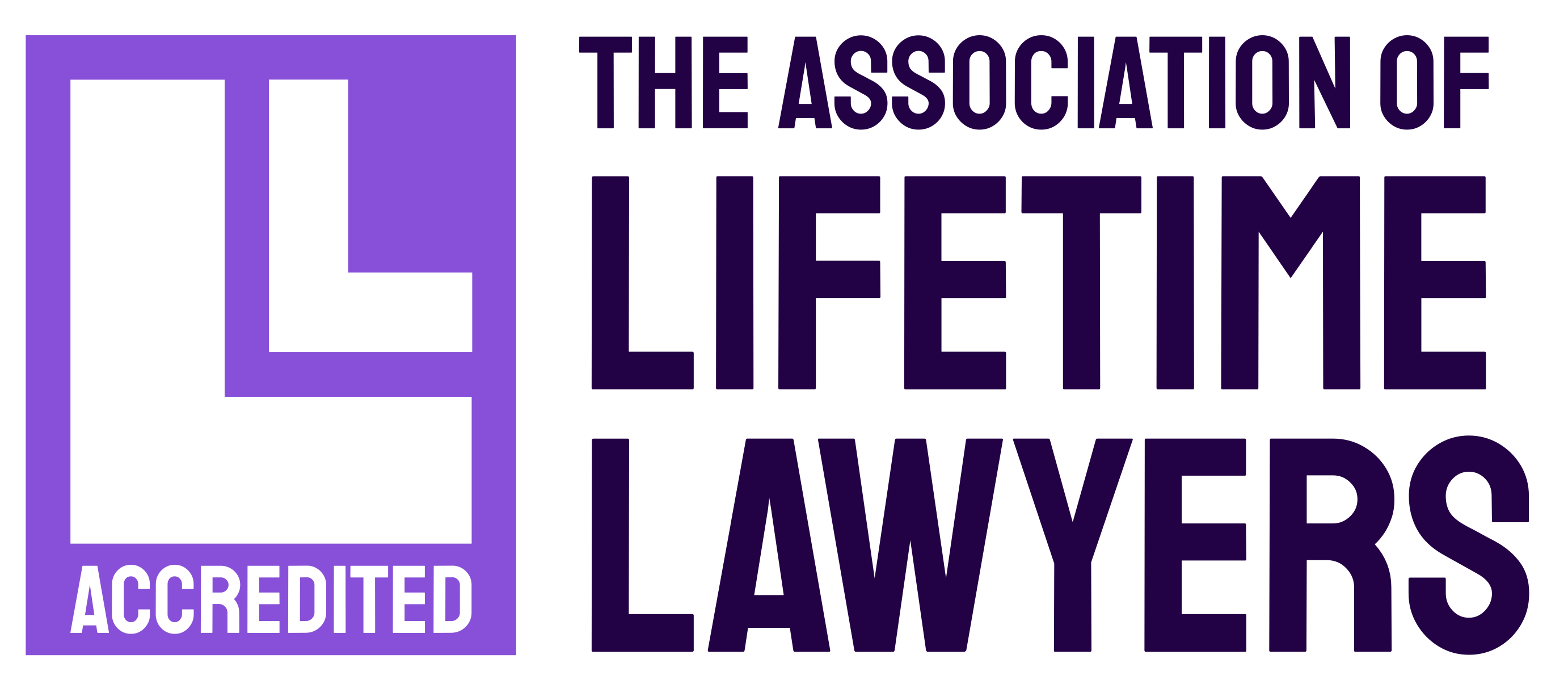News & insights
Follow the rules for a perfect hideaway
20th September 2017

A few weeks ago, former Prime Minister David Cameron opened the doors of his impressive man cave to the world. The den, a £16,000 shepherd’s hut that the former leader plans to use as a writing nook, has been cause for some envy, and may inspire you to invest in ‘a room of one’s own’ of your own. So, what rules and regulations do you need to be aware of to ensure red tape and fines don’t ruin your quiet time?
If, like Mr Cameron, you’re planning on purchasing a shepherd’s hut to keep in your garden, you usually won’t require any planning permission. This is assuming you’ll be using it for personal use, for example as a summer house, a reading room, or a hideaway when you need some peace and quiet. Shepherd huts are mobile structures, much like a caravan, so this will help to circumnavigate planning woes you may have had in the past if you were planning an extension.
If you decide to build a shed or another small detached building on your property, you will not normally be required to apply for planning permission. As a general rule, if the building is smaller than 30 square metres, will not be sleeping quarters, and is either at least one metre from any boundaries or it is made from substantially non-combustible materials, you’re fine to build without external permission.
If you are planning to build your new den onto your house as an extension, you may need to obtain planning permission before you go ahead. Although most extensions are what are referred to as ‘permitted developments’, that is, they do not require planning permission, there is currently a scheme running which would allow you to double the size that the extension protrudes from the original rear wall of the house if you propose it to the Local Planning Authority first. They would then carry out a neighbour consultation to check whether the locals are happy for you to go ahead, and you could be granted an extension of up to six metres for an attached house and eight metres for a detached house.
If you decide that you’d like to use your man cave to run a business from, or rent it out, or even use as an extra bedroom – as David Cameron’s son suggested he would like to do – you may need to inform your local authority and request a “change of use” for the land. If you are using the hut for business, bear in mind that authorities often have separate permissions they will need you to apply for, and this can be quite complex. You may wish to speak to someone at your local authority who deals with permissions if you go for this option.
Although this guidance can be applied to most small structures, you should always check with your local planning office if you live in a listed building or a conservation area, as you may need to get permission from them, even for a temporary construction.
So, now that you’ve decided to build your new haven and you’re fully aware of any permissions you may need, the only thing you need to think about is what shade from the Farrow and Ball pallet you will paint the walls.
Please note: This article is intended as guidance only. No responsibility for loss occasioned/costs arising as a result of any act/failure to act on the basis of this article can be accepted by Latimer Hinks. In addition, no responsibility for loss occasioned/costs arising as a result of any act/failure to act on the basis of this article can be accepted by the firm.

Martin Williamson




